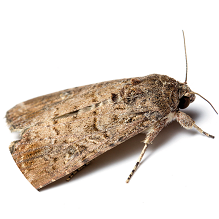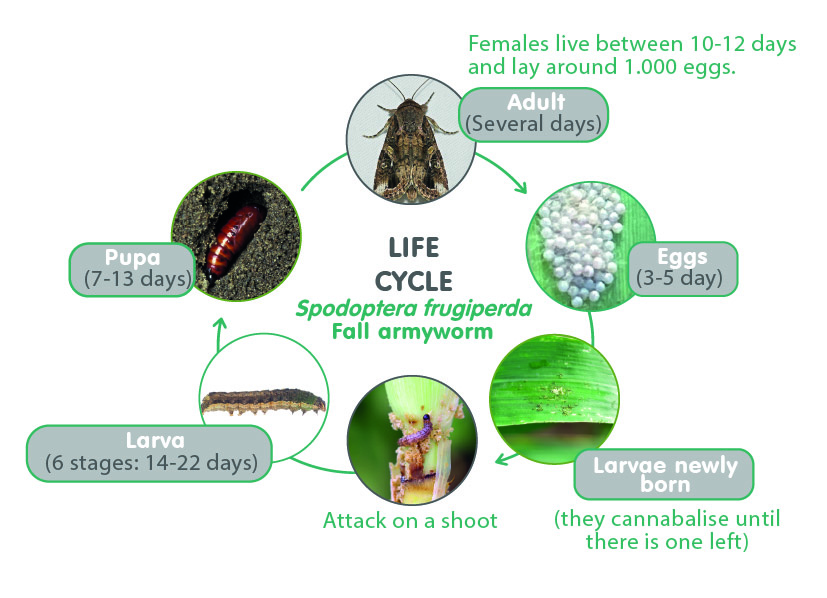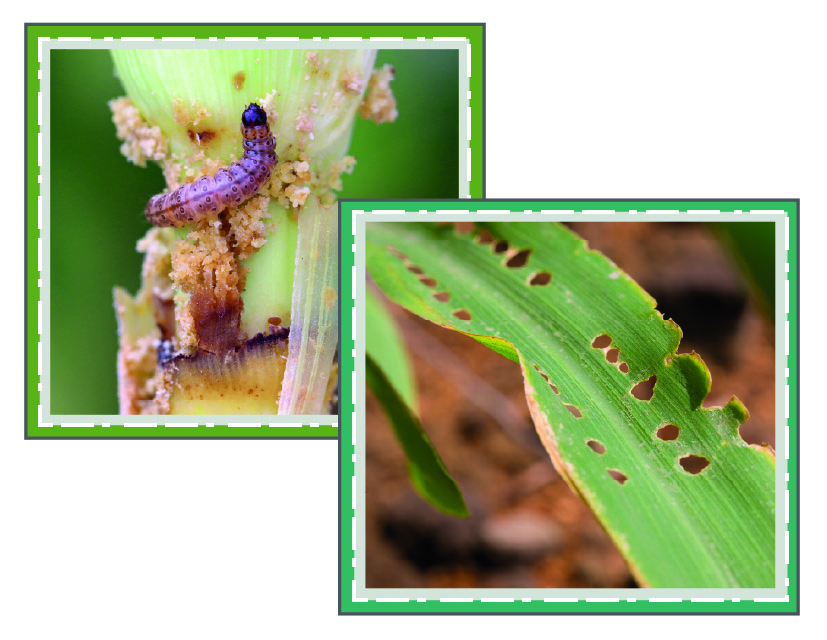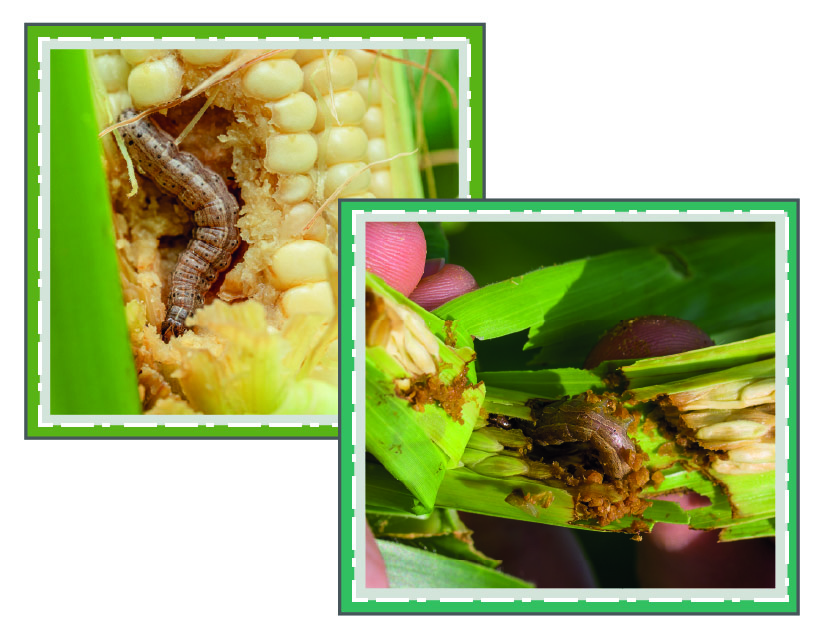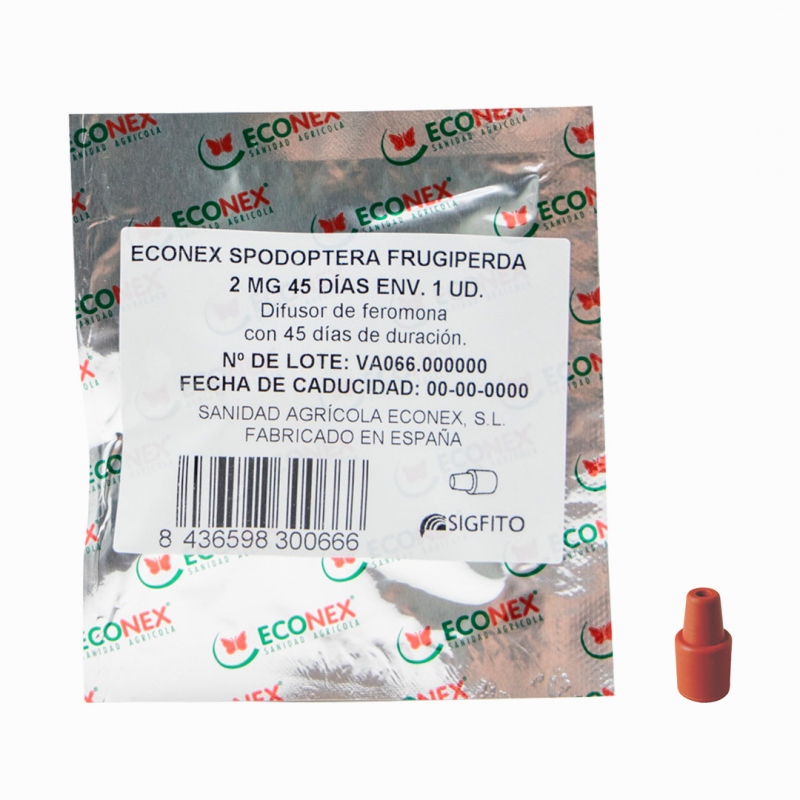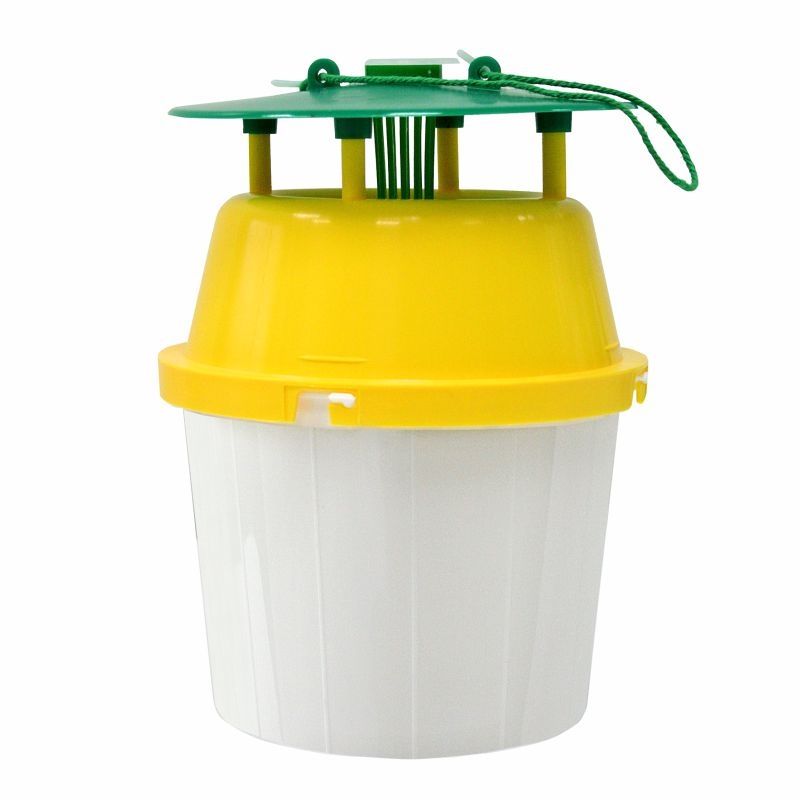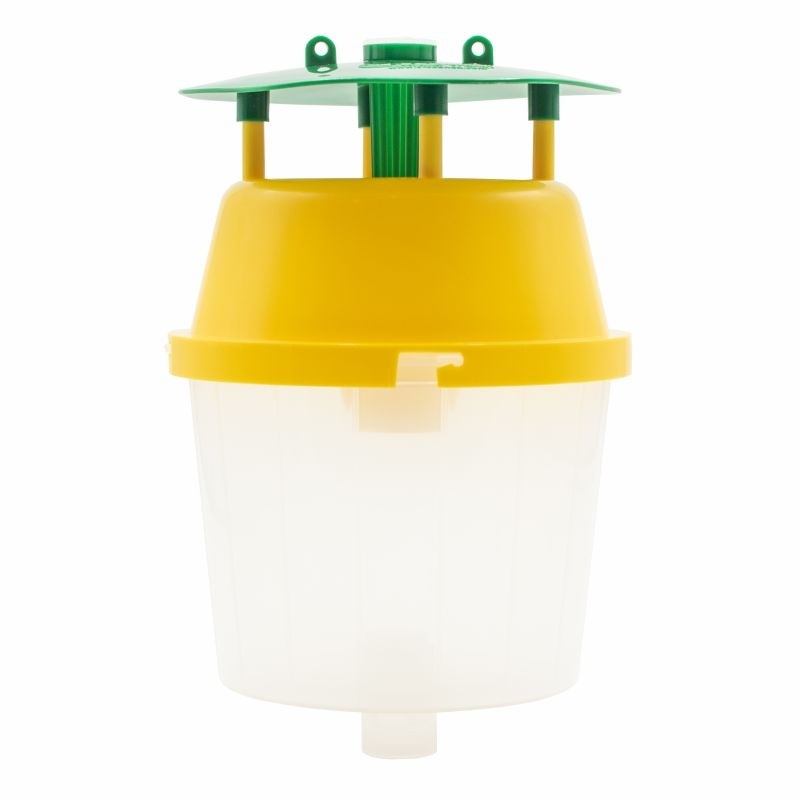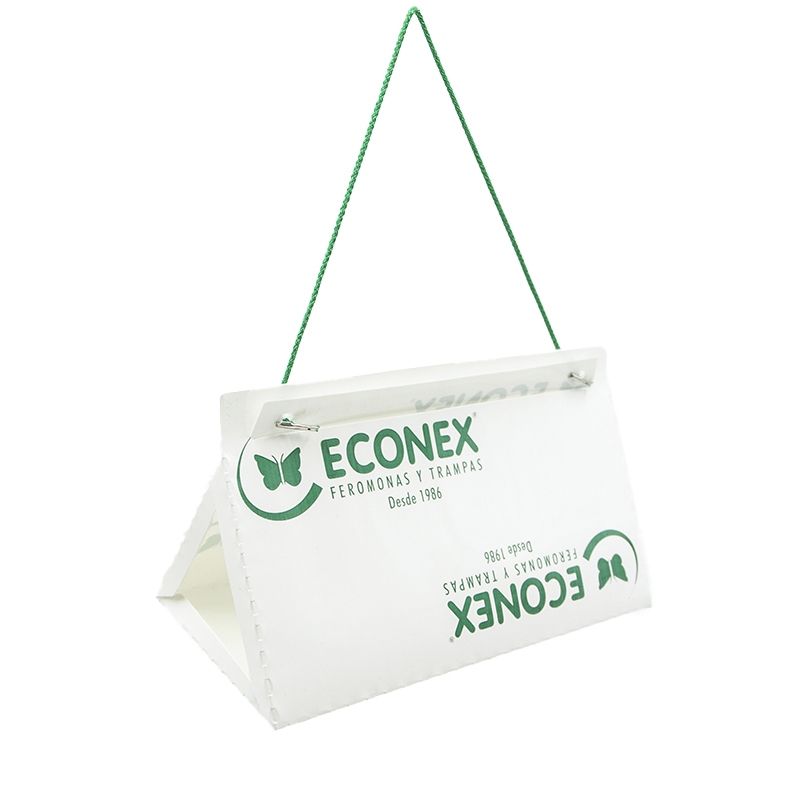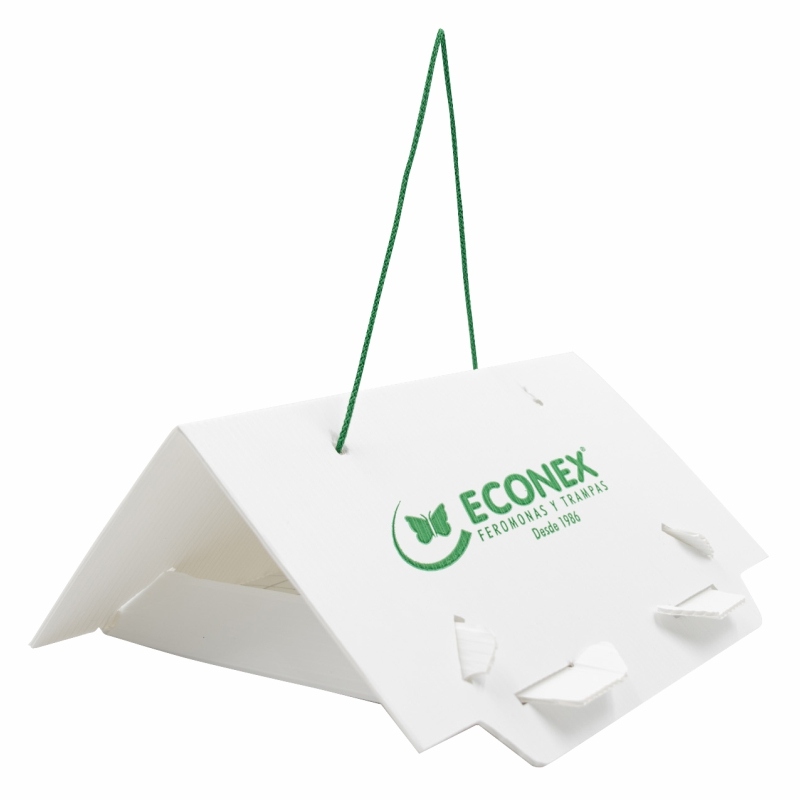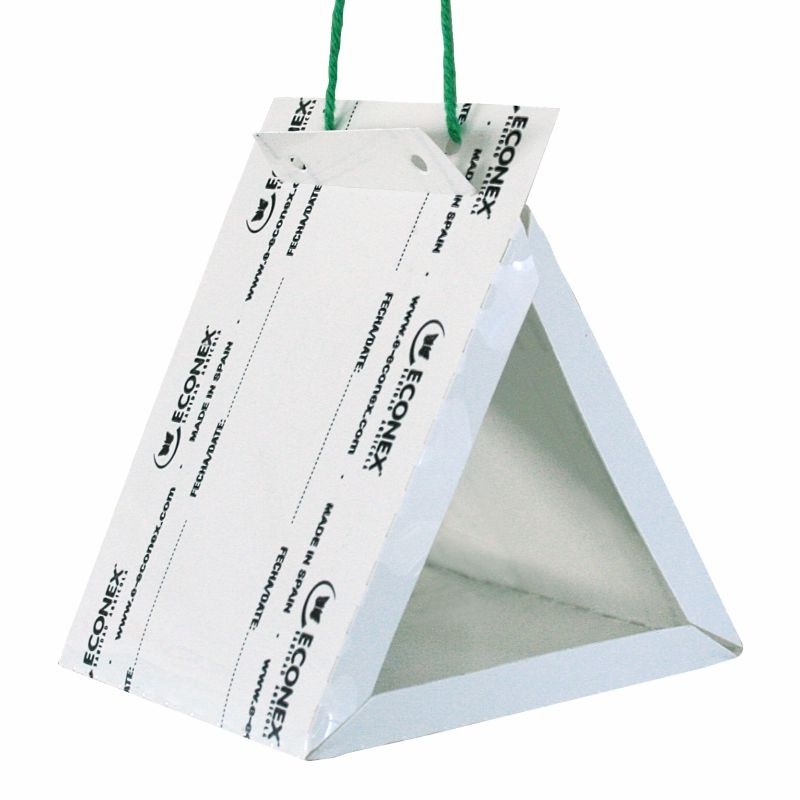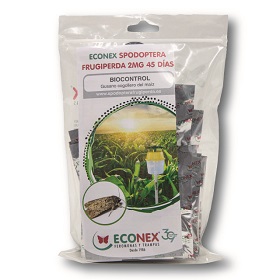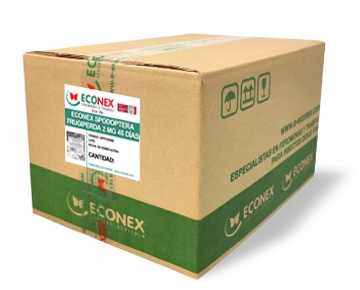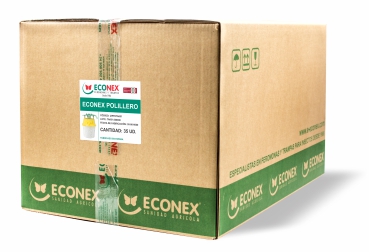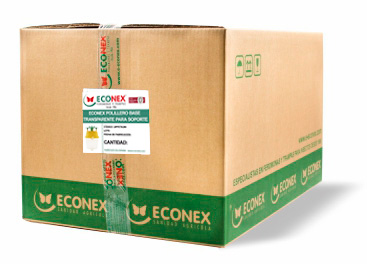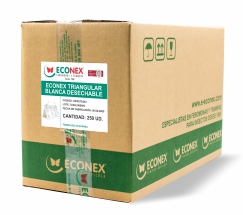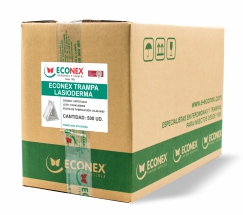It is a priority pest (according to Delegated Regulation (EU) 2019/1702) regulated in the European Union (EU) by Regulation (EU) 2016/2031, Regulation (EU) 2019/2072 and Commission Implementing Regulation (EU) 2023/1134.If its presence is detected, action must be taken rapidly and effectively to determine its distribution and combat it so as to prevent its spread and eradicate it.
Morphology and life cycle
Spodoptera frugiperda usually has multiple generations per year. Its whole life cycle can last between 19 and 48 days in warm climates, extending to 90 days in colder conditions. Like most insects, it goes through four stages: egg, larva, pupa and adult.
Egg: Females are highly fertile, laying between 1200 and 2000 eggs during their lifetime. They are small, greyish or greenish in colour, and are laid under leaves in masses that the female covers with hairs from her abdomen to protect them.
Larvae: This is the most harmful and recognisable stage. They can reach up to 40 mm in length and have a head with a characteristic inverted “Y” mark. The newly hatched larvae feed on the leaves and, as they grow, migrate to other parts of the plants, often taking refuge in the corn cob. The newly hatched larvae feed on the leaves and, as they grow, migrate to other parts of the plant or directly to other plants, often taking refuge in the corn cob, where they create a plug of excrement that protects them from the weather and insecticides.
Pupa: They form in the soil inside chambers excavated by the larva.
Adult: a greyish-brown moth with fairly dark wings with white spots and white hind wings, capable of flying long distances.
Rubber pheromone attractant diffuser in the form of a capsule, containing the active ingredient formula to attract males of Spodoptera frugiperda. It is individually packaged in an aluminium sachet with a specification label. One removed from its packaging; no activation is required. It only needs to be correctly placed in the trap.
Damages
Damages are mainly caused by the larvae and can be severe, significantly affecting crop productivity.
In the early stages of cultivation, the young larvae scrape the tender leaves, causing perforations and even complete defoliation.
In more advanced stages, the larvae perforate the bud where they dig tunnels, cut emerging leaves and deposit excrement, and as a result, forming a ‘plug’ that prevents normal crop development.
Severe damage can cause the death of the shoot of deformation of the plant.
